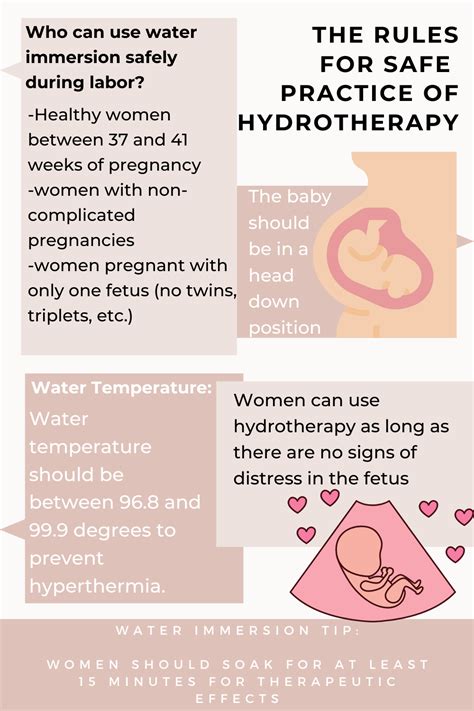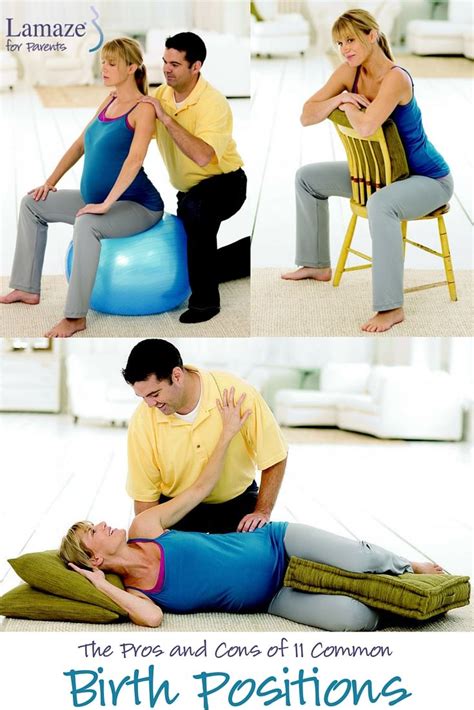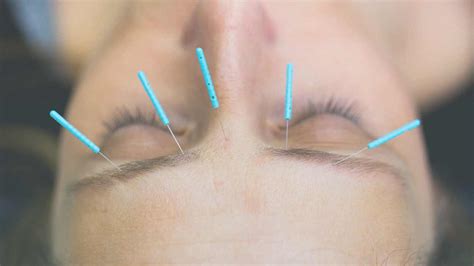Intro
Learn 5 essential pregnancy contraction tips to manage labor pain, including breathing techniques, positioning, and relaxation methods to ease childbirth, ensuring a smoother delivery experience for expecting mothers.
Pregnancy is a life-changing experience that brings immense joy and excitement to expecting mothers. However, it also comes with its fair share of challenges, one of which is managing contractions during labor. Contractions are a natural part of the birthing process, but they can be overwhelming and painful for many women. Fortunately, there are several tips and techniques that can help make contractions more manageable and even reduce their intensity. In this article, we will explore five pregnancy contraction tips that can help expecting mothers prepare for a smoother and more comfortable labor experience.
As the due date approaches, many pregnant women start to feel anxious about the impending labor and delivery. One of the most common concerns is how to cope with contractions, which can be intense and unpredictable. While every woman's experience is unique, there are certain techniques that can help alleviate discomfort and make the labor process more bearable. From breathing exercises to massage therapy, there are numerous ways to manage contractions and reduce their intensity. By learning about these techniques and practicing them during pregnancy, expecting mothers can feel more empowered and prepared for the challenges of labor.
Managing contractions effectively requires a combination of physical and emotional preparation. It involves understanding the different stages of labor, recognizing the signs of contractions, and using various techniques to cope with the discomfort. Moreover, having a supportive partner, family, or friends can make a significant difference in the labor experience. With the right mindset, preparation, and support, women can navigate the challenges of contractions and have a more positive and empowering birth experience. In the following sections, we will delve into the details of each contraction tip, providing practical advice and insights to help expecting mothers prepare for a smoother labor.
Understanding Contractions

Types of Contractions
There are several types of contractions that women may experience during labor, including Braxton Hicks contractions, early labor contractions, and active labor contractions. Braxton Hicks contractions are mild and irregular, often feeling like a tightening or hardening of the uterus. Early labor contractions are more intense and frequent, but still manageable. Active labor contractions are the most intense and frequent, often requiring more focused coping techniques.Breathing Exercises for Contractions

Benefits of Breathing Exercises
Breathing exercises have numerous benefits for women during labor, including reducing stress and anxiety, relieving pain, and increasing oxygen flow to the baby. By practicing breathing exercises during pregnancy, women can develop greater control over their breathing and learn to relax and focus during contractions. This can help reduce the intensity of contractions and make the labor process more manageable.Massage Therapy for Contractions

Benefits of Massage Therapy
Massage therapy has numerous benefits for women during labor, including reducing pain and discomfort, relieving stress and anxiety, and increasing feelings of relaxation and calm. By incorporating massage into their labor plan, women can create a more positive and empowering birth experience. Massage can also help reduce the need for pain medication and other medical interventions, which can be a major advantage for women who prefer a more natural birth experience.Hydrotherapy for Contractions

Benefits of Hydrotherapy
Hydrotherapy has numerous benefits for women during labor, including reducing pain and discomfort, relieving stress and anxiety, and increasing feelings of relaxation and calm. By incorporating hydrotherapy into their labor plan, women can create a more positive and empowering birth experience. Hydrotherapy can also help reduce the need for pain medication and other medical interventions, which can be a major advantage for women who prefer a more natural birth experience.Positioning and Movement for Contractions

Benefits of Positioning and Movement
Positioning and movement have numerous benefits for women during labor, including reducing pain and discomfort, relieving pressure on the back and pelvis, and increasing the progress of labor. By incorporating positioning and movement into their labor plan, women can create a more positive and empowering birth experience. Positioning and movement can also help reduce the need for pain medication and other medical interventions, which can be a major advantage for women who prefer a more natural birth experience.Acupressure and Acupuncture for Contractions

Benefits of Acupressure and Acupuncture
Acupressure and acupuncture have numerous benefits for women during labor, including reducing pain and discomfort, relieving stress and anxiety, and increasing feelings of relaxation and calm. By incorporating acupressure and acupuncture into their labor plan, women can create a more positive and empowering birth experience. Acupressure and acupuncture can also help reduce the need for pain medication and other medical interventions, which can be a major advantage for women who prefer a more natural birth experience.In conclusion, managing contractions during labor requires a combination of physical and emotional preparation. By understanding the different stages of labor, recognizing the signs of contractions, and using various techniques to cope with the discomfort, women can navigate the challenges of contractions and have a more positive and empowering birth experience. Whether it's breathing exercises, massage therapy, hydrotherapy, positioning and movement, or acupressure and acupuncture, there are numerous ways to manage contractions and reduce their intensity. By exploring these options and finding what works best for them, women can take control of their labor experience and create a more positive and empowering birth story.
We invite you to share your thoughts and experiences with managing contractions during labor. Have you tried any of the techniques mentioned in this article? What worked best for you? Share your story with us, and let's work together to create a more supportive and empowering community for expecting mothers.
What are the most effective ways to manage contractions during labor?
+Breathing exercises, massage therapy, hydrotherapy, positioning and movement, and acupressure and acupuncture are some of the most effective ways to manage contractions during labor.
How can I reduce the intensity of contractions during labor?
+By using techniques such as breathing exercises, massage therapy, and hydrotherapy, women can help reduce the intensity of contractions during labor. Additionally, positioning and movement can help relieve pressure on the back and pelvis, while acupressure and acupuncture can help reduce pain and discomfort.
What are the benefits of using alternative therapies during labor?
+Alternative therapies such as acupressure and acupuncture can help reduce pain and discomfort, relieve stress and anxiety, and increase feelings of relaxation and calm. They can also help reduce the need for pain medication and other medical interventions, which can be a major advantage for women who prefer a more natural birth experience.
How can I prepare for labor and manage contractions effectively?
+By educating themselves about the different stages of labor, recognizing the signs of contractions, and practicing various techniques to cope with the discomfort, women can prepare for labor and manage contractions effectively. It's also essential to have a supportive partner, family, or friends, and to create a birth plan that outlines their preferences and goals for the labor experience.
What are some common mistakes to avoid during labor?
+Some common mistakes to avoid during labor include not staying hydrated, not changing positions frequently, and not using breathing exercises and other coping techniques effectively. It's also essential to avoid pushing too hard or too soon, as this can lead to complications and prolong the labor process.
